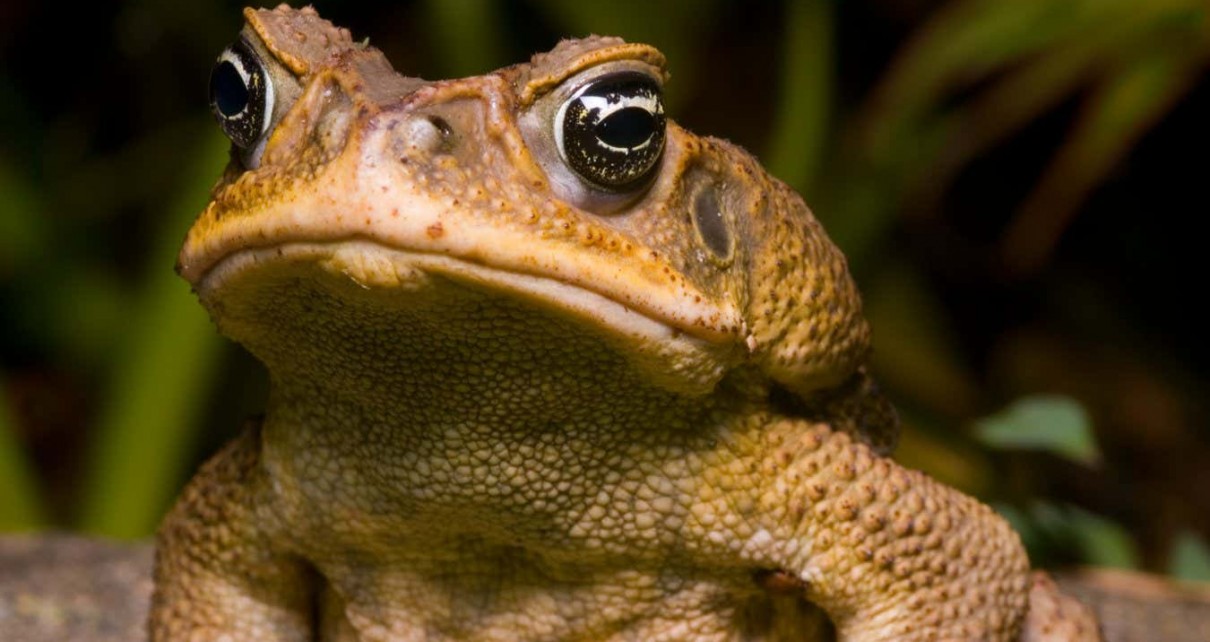[ad_1]

The giant cane toad is an invader in Australia
edelmar/Getty Images
Human activities have resulted in the introduction of 37,000 alien species around the world, with 3500 of those species responsible for serious harm to wildlife, food production and human health. The global economic cost of these invaders is now more than $420 billion a year, according to the first major global report on invasive species, by the Intergovernmental Science-Policy Platform on Biodiversity and Ecosystem Services (IPBES).
“This is a huge, huge problem, and it is a growing problem,” says Helen Roy at the UK Centre for Ecology & Hydrology, one of 90 researchers who helped put the report together.
However, the report also says that much can be done to tackle the issue and prevent further introductions. Individuals can help as well as governments, says Roy. “People all around the world can make a difference.”
People can take steps to ensure they don’t help invasive species to spread and can also report the presence of invasive species to help eliminate them or prevent them from becoming established in the first place. For instance, she says, reports by members of the public in the UK are helping to ensure that any nests of Asian hornets are promptly destroyed, which has so far prevented the species from becoming established in the country.
However, globally not enough is being done. Only 17 per cent of countries have national laws or regulations on alien species , the report says, and nearly half don’t spend any money on tackling biological invasions.
“What’s really crucial is the need to develop policies that cut across different sectors,” says Anne Larigauderie at IPBES. These sectors include tourism, farming, aquaculture, the pet trade and gardening, she says.
Invasive species are one of the main drivers of extinctions worldwide. They have been a major factor in 60 per cent of all recent extinctions, the report says.
“If things remain unchanged, by 2050, the total number of alien species globally is expected to be about one-third higher than in 2005,” says Roy. “However, we know that things are not remaining unchanged.”
Around the world, land is still being cleared for farms and cities, and the planet is rapidly warming as a result of carbon emissions. “The interactions among these causes of biodiversity loss will result in a much worse picture than we are presenting here,” she says.
In addition to biodiversity loss, invasive species are harming food production. For instance, in Lake Victoria in East Africa, the spread of the water hyacinth (Pontederia crassipes) has reduced fish catches.
A large number of invasive species are a threat to human health. Giant hogweed can cause serious blistering if people’s skin touches the plant, while the recent wildfires that killed around 115 people in Hawaii were fuelled by invasive grasses, says Roy.
Many of the 37,000 alien species that aren’t problematic at the moment could become a problem in the future, says Roy. Alien species can be present for decades or more before something triggers a population explosion, such as climate change or the introduction of another invasive species, she says.
Topics:
[ad_2]
Source link




